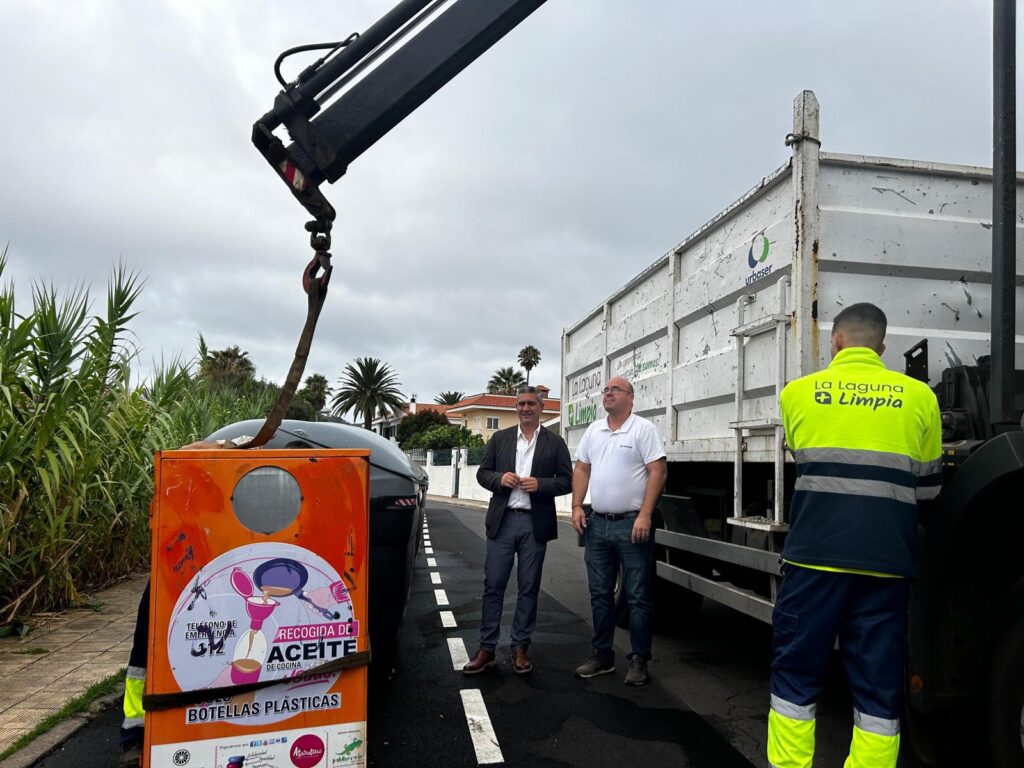Santa Cruz de Tenerife, 27 Feb. (Europa Press) –
The Cabildo de Tenerife is undertaking a tertiary water treatment project at the WWTP in the Valley of La Orotava, with a financial allocation of €2,049,699.93. This initiative will enable the provision of water to farmers across all municipalities in the region, facilitating an output of 6,600 cubic metres per day, as announced on Thursday by the priority sector councillor, Valentín González, in a statement.
The completion of the works is anticipated by the end of April or early May, ensuring that the tertiary system can supply high-quality water to all agricultural zones of the region ahead of summer, as highlighted by the Tenerife Cabildo.
The project entails installing a tertiary treatment line for the EDAR of Valle de La Orotava, commencing with the current treated water tank, where the vessel nearest to the western wall will function as a collection raft. This will gather all outgoing water from the EDAR, enabling storage and subsequent tertiary treatment.
The subsequent tank will gather the produced water, which will then be pumped to the Cruz Santa raft, utilising the existing pipelines and the pump room.
Employing ultrafiltration membranes and advanced reverse osmosis, water of superior quality suitable for agricultural irrigation reuse can be generated.
They emphasise that these actions are part of the efforts by the island authority to address the needs identified in the water emergency, particularly concerning a region that is “a source of significant concern”, as the reservoirs in the area are less than the average capacity.
“With this project, we can enhance regenerated water supplies to the Cruz Santa raft, which will enable us to provide quality water to the entire agricultural sector of the La Orotava Valley,” stated the councillor.
The regenerated water allocated to the La Orotava Valley region, and by extension, to the reservoirs in the Icod area, serves as a vital resource that can mitigate the existing scarcity, with an estimated volume of 6,600 cubic metres per day.
Hence, it is regarded as a “solution” aimed at addressing the challenges tied to the water emergency, considering there are no additional resources, either underground or industrial, available to alleviate the deficit.
















